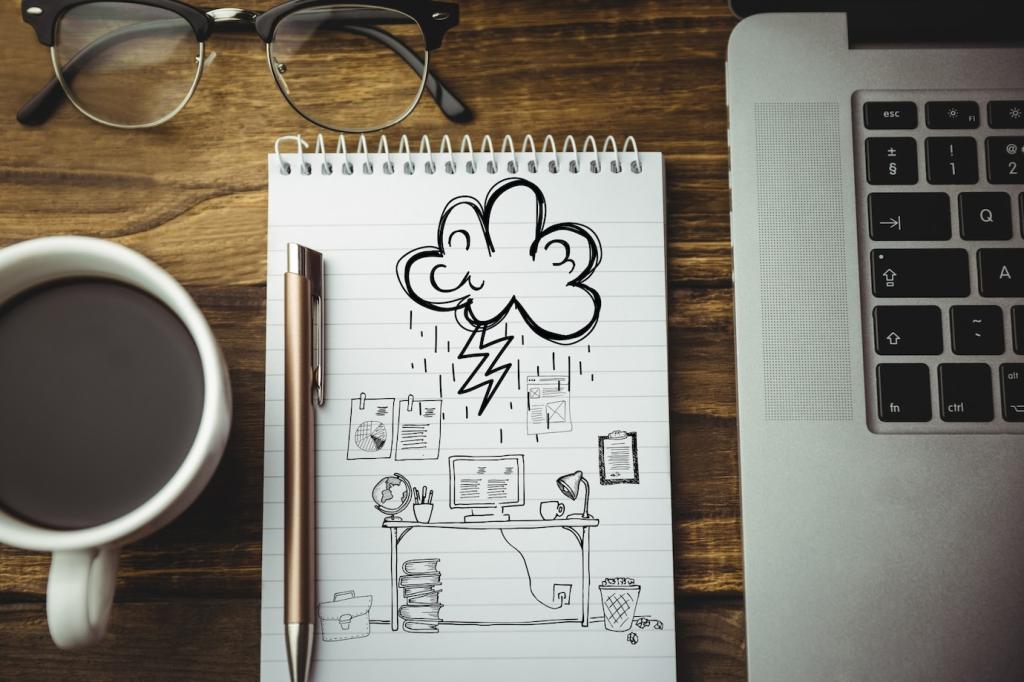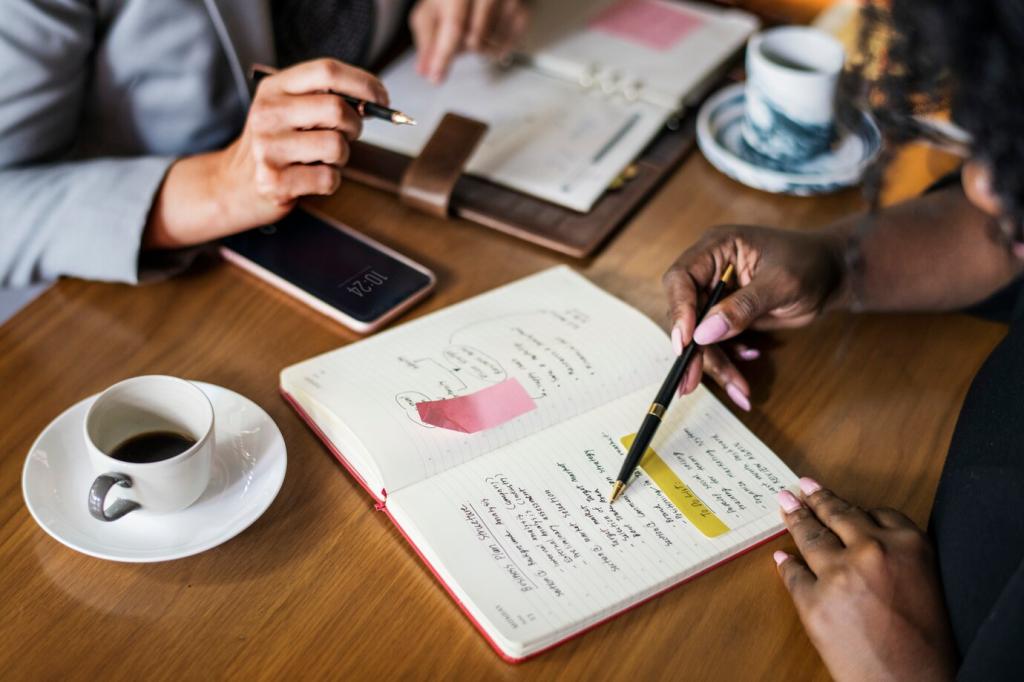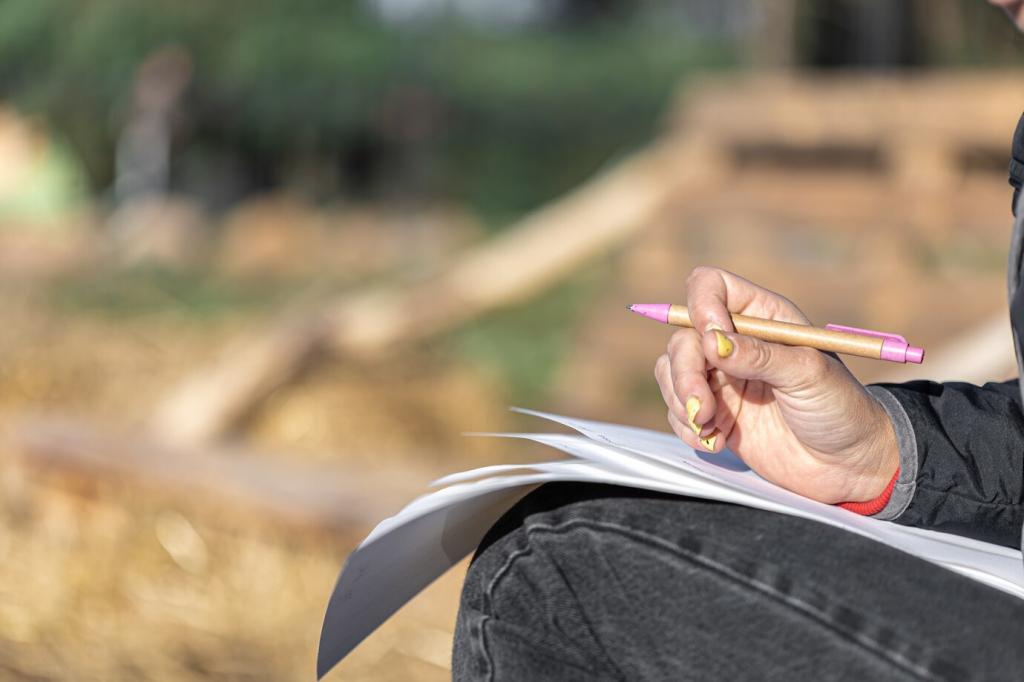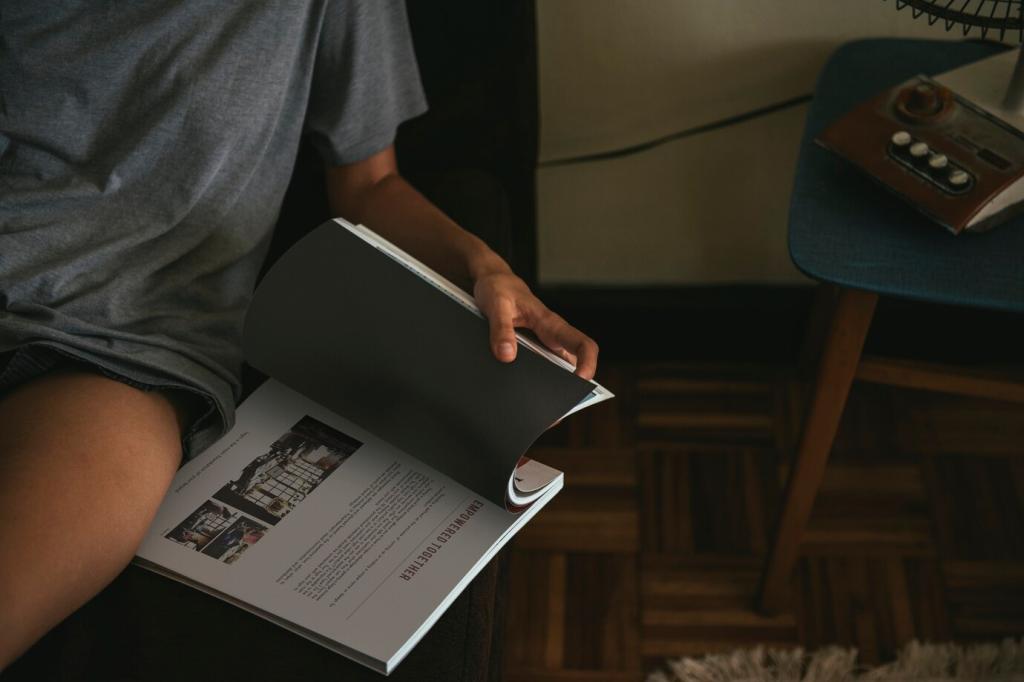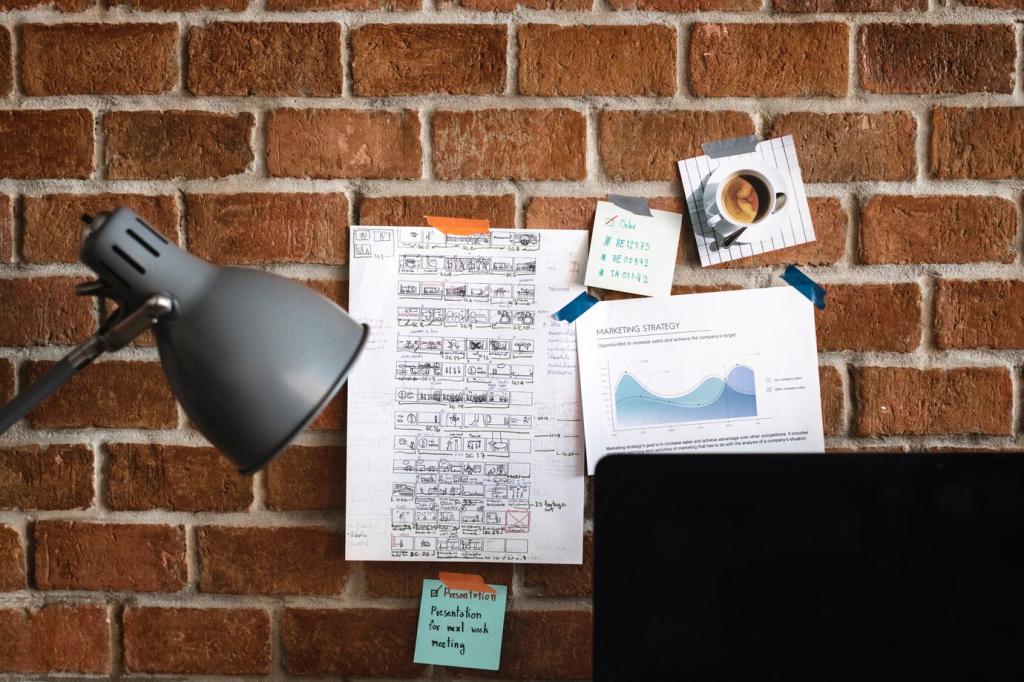Color, Material, and Finish as Language
Assign colors to functional zones like recurring characters. A calm sage returned across seating and joinery, quietly uniting rooms, while a bold rust appeared at thresholds to punctuate transitions with confident energy.
Color, Material, and Finish as Language
Use deliberate friction to energize moments, then soften with harmonizing textures. A matte-black staircase met honey oak treads, sparking tension; woven banisters and linen runners resolved it with warmth and tactility.
Color, Material, and Finish as Language
Choose finishes that age well and tell the truth. Real stone, solid wood, and durable metals develop character, preventing the narrative from feeling staged, fragile, or fashionable without substance.
Color, Material, and Finish as Language
Lorem ipsum dolor sit amet, consectetur adipiscing elit. Ut elit tellus, luctus nec ullamcorper mattis, pulvinar dapibus leo.

